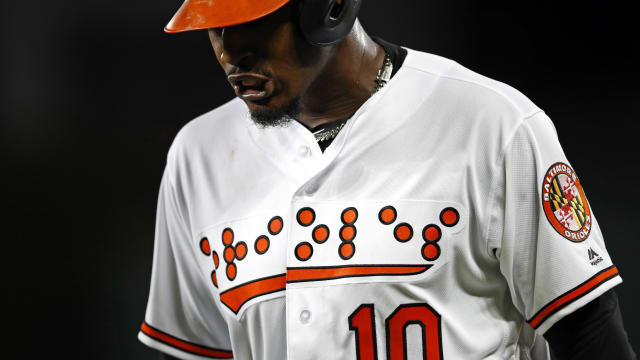
I believe that one of the coolest accessible experiences that has come out in recent years is virtual reality (VR) technology. While most notably used in the gaming/entertainment industry, I’m convinced that this technology could act as a dominant asset to designers and artists alike. With headsets and hand controllers sold in complete sets for as low as $300, it’s surprising why more designers aren’t seeing the potential in this technological investment.
Firstly, putting on a virtual reality headset feels like stepping into that environment. While the rest of your senses tell you you’re not actually in this ‘virtual world’, it provides an incredible sense of immersion for what it is. While I primarily use my VR headset for video games, I have entertained its use as an ‘infinite’ workspace for accessing several windows, applications, and tabs all at the same time. In this case, designers would find this technology incredibly useful and an alternative to multiple monitor setups.
Secondly, virtual reality can be used more immersively as a means to view and experience designs in a physical space. While we all know and love our 4k photorealistic PSD mockups, being able to virtually step into, around, and away from a piece simply doesn’t compare. In fact, this technology allows for multiple individuals joining into the same virtual lobby, meaning other designers on your team can all virtually interact with the same space/object in real-time from wherever each individual has a suitable internet connection. In a Covid-world where we are all encouraged to socially distance and be away from each other, technology like VR can allow members of design teams to be more collaborative and engaging among each other then say, a skype call or zoom meeting.
Given all of the potential of virtual reality, it surprises me that there aren’t more applications that are tailored towards designers. Should manufacturers of VR headsets market to designers and artists and similar levels as they do to gamers, I believe that the graphic design community would find itself with a widespread and invaluable tool.





